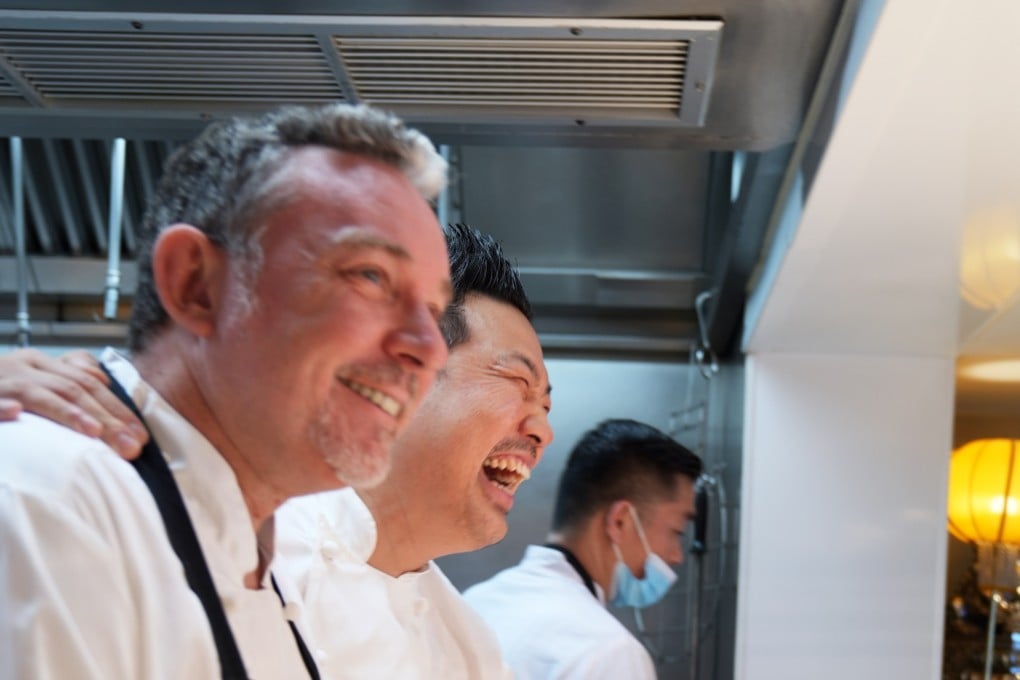High-end dim sum collaboration between Albert Adrià, ex El Bulli, and A. Wong’s Andrew Wong pushes the envelope
- ‘They have dim sum and we have tapas,’ says Albert Adrià, to which Andrew Wong says: ‘Albert is one of the first chefs I know who really understands dim sum’
- No wonder that, when they cooked together, their cross-cultural takes on dim sum classics, such as Iberico ham steamed buns, were stunning

At first glance, Cantonese and Spanish cuisines may not be natural partners. But given their shared obsession for the freshest possible seafood, an enthusiastic embrace of nose-to-tail eating and a love of communal dining, it quickly becomes clear why a dim sum collaboration between chefs Albert Adrià and Andrew Wong revealed so much about their seemingly disparate cultures.
Wong opened the eponymous London restaurant A. Wong in 2012 on the same spot near Victoria station as the Cantonese restaurant run by his parents, Alfred and Annie. It eventually became the first Chinese restaurant outside Asia to be given two Michelin stars.
Born in Britain, Wong trained in London, then studied at the famous Sichuan Culinary Institute in Chengdu, southwest China, before criss-crossing the country learning diverse culinary techniques and traditions, and soaking up and getting inspired by its vast and diverse food landscape.
The collaboration was an opportunity to show Londoners why dim sum is so much more than just dumplings in bamboo steamers.

The genesis of this unprecedented dim sum dinner – some of the creations will transfer to the permanent tasting menu at A. Wong – came from Wong’s long-held assertion that Chinese dim sum chefs demonstrate the same mastery as their counterparts working in fine European pastry.